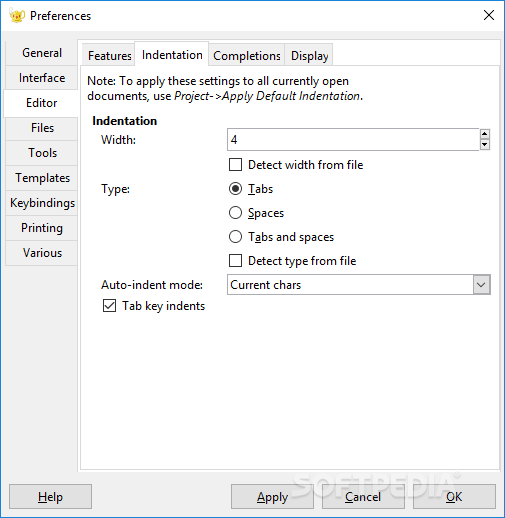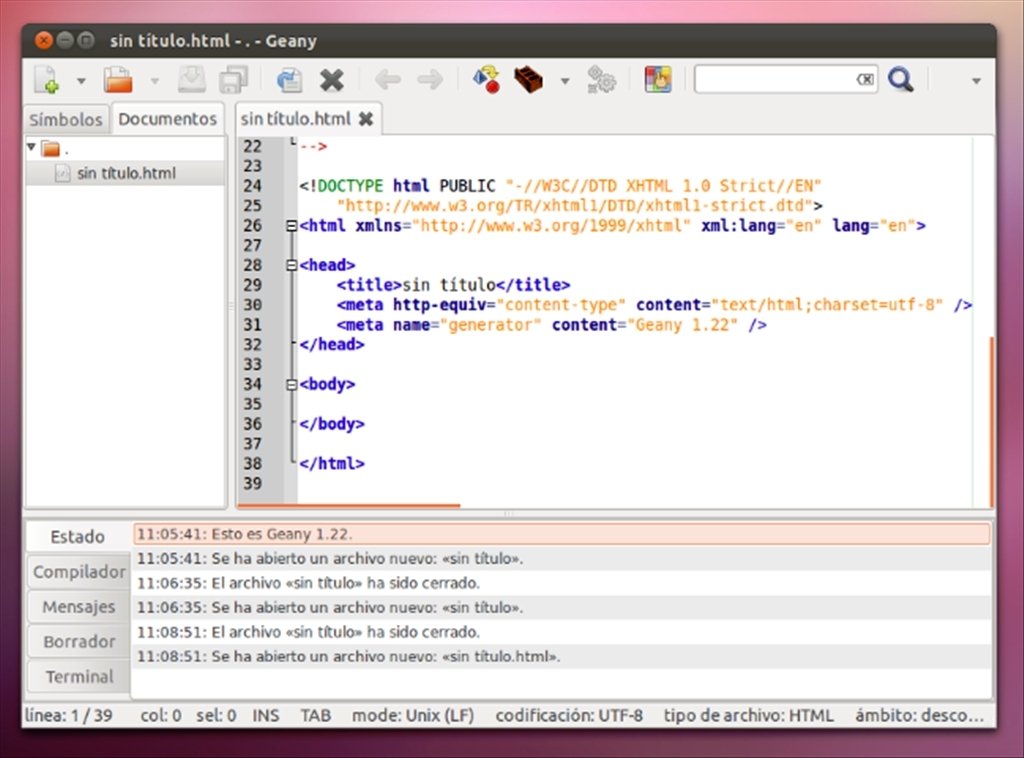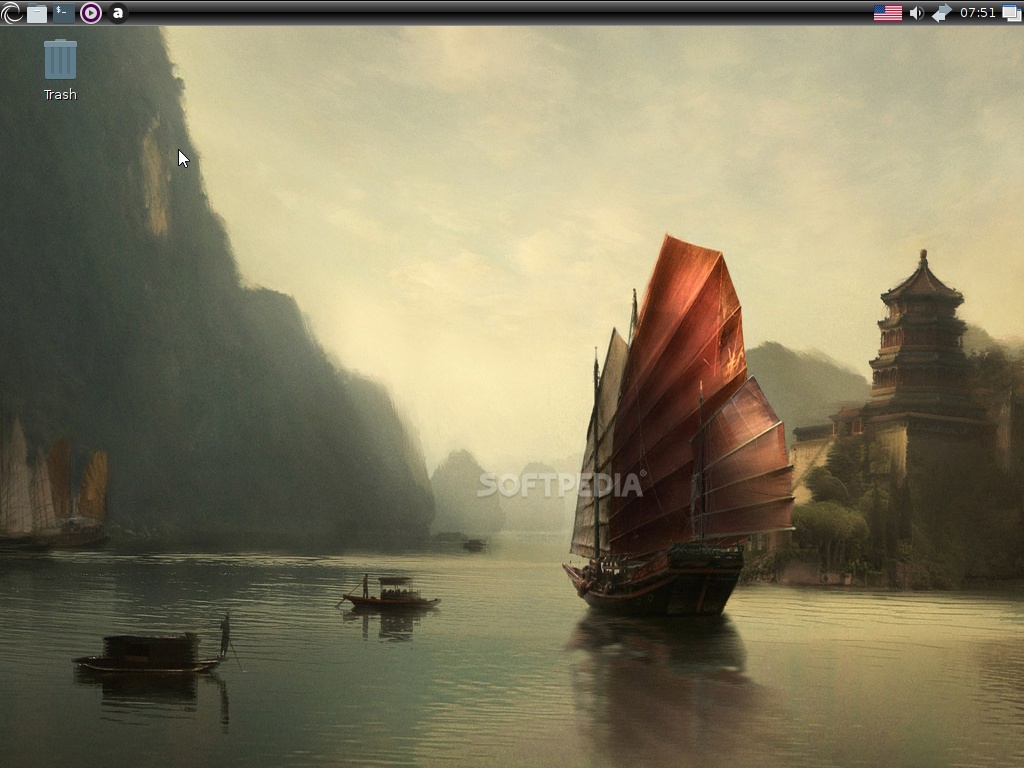

- #Download geany install#
- #Download geany portable#
- #Download geany code#
- #Download geany free#
- #Download geany mac#
Please note that it is GTK2 based tool, so it needs GTK development packages to be installed on your system before your attempt to install or run Geany. Let’s see how we can install it on Ubuntu Linux. Geany latest version is 1.25, but this version is not yet available in the operating system’s package repositories, so in order to install and use this latest version, we will need to follow the source installation method.
#Download geany free#
#Download geany code#
It has a built in terminal emulator application and lets developers build and execute code using external tools as well.Easily navigate among your source code using this editor.It provides syntax highlighting feature for programming languages and support for auto-completion of words.It provides multiple documents and projects support.Here are some of the noteworthy features in this application.
#Download geany mac#
It supports large number of modern programming languages and works flawlessly on Linux, Windows, Mac OS, Free BSD and solaris operating systems. It is widely used by normal desktop users and programmers to write their code. The design goal of this tool is to provide a fast and stable text editor. It is GTK+ based and has abundance of features. I think it is suitable for all users, especially if you're a fan of Notepad++ as it can also be used as a text editor.Geany is a lightweight, free, cross platform text editor and Integrated Development Environment (IDE). While primarily a text editor for programmers, Geany is still by all means a text editor. Geany is a GTK based application and supports Windows, Linux, macOS and many BSDs. One feature which I liked was that it loaded the previous session (all tabs/files), which saves you some time. The Edit > Preferences section has more options for tweaking the interface. This menu also houses options to change the font, color, etc. Don't like the sidebar or the message bar, toolbar, menu bar or line numbers? You can disable these from the View menu for a very clean and distraction free experience, and maybe use it for some good old-fashioned text editing. There are a ton of themes (dark, light, colorful) for it that you can enable from the View settings. YoĪnother strong point of Geany is that it is highly customizable. The other plugin is Split Window which divides the editor pane into two which you may find useful to display two different codes side-by-side or compare different revisions of a single file. There are two GUI related plugins with File Browser probably being the more useful as it adds an option to browse files to the left sidebar.

You can enable autosave, instant save, back up copy by using the Save Actions plugin.

#Download geany portable#
There is status tab which shows the activity log, a compiler tab which displays whether your code is fine, a messages tab, and a scribble tab for notes. Download Portable Geany 1.29, Portable code editor and compiler, Portable version of Geany 1.29, Portable Geany IDE 1.29 free download, Geany Latest. The panels at the bottom of the screen are what I found interesting. You can manage your Projects from the Project toolbar and find all files of a project listed by the editor so that you may select them when the need arises. Speaking of which, the Document menu has various formatting tools from line breaking, wrapping, indentation, programming file type (language selection), encoding among other options. You can use the find in files option from the Search menu to search for text in documents. The edit menu lets you perform various functions including inserting comments, tags or dates. This obviously requires the platform you're coding in to be installed, for e.g. You can compile the code right from the application and click on the execute button to run it. Apart from the standard options, the toolbar has a revert button for reloading the current document. There is a menu bar at the top of the screen and a toolbar right below it. The large pane on the right side is the editor and it has line numbers like any programmer friendly editor this pane has a tab bar at the top, which you can use to switch from one document to another. The program's interface has two side-panels, one for symbols and one for Documents (tree-style).


 0 kommentar(er)
0 kommentar(er)
